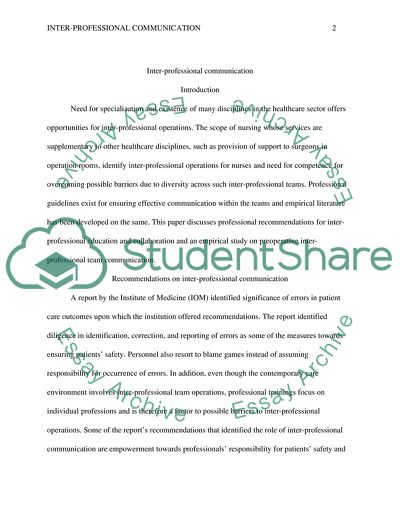Cite this document
(Interprofessional Communication Research Paper Example | Topics and Well Written Essays - 1000 words, n.d.)
Interprofessional Communication Research Paper Example | Topics and Well Written Essays - 1000 words. https://studentshare.org/nursing/1872360-interprofessional-communication-and-collaboration
Interprofessional Communication Research Paper Example | Topics and Well Written Essays - 1000 words. https://studentshare.org/nursing/1872360-interprofessional-communication-and-collaboration
(Interprofessional Communication Research Paper Example | Topics and Well Written Essays - 1000 Words)
Interprofessional Communication Research Paper Example | Topics and Well Written Essays - 1000 Words. https://studentshare.org/nursing/1872360-interprofessional-communication-and-collaboration.
Interprofessional Communication Research Paper Example | Topics and Well Written Essays - 1000 Words. https://studentshare.org/nursing/1872360-interprofessional-communication-and-collaboration.
“Interprofessional Communication Research Paper Example | Topics and Well Written Essays - 1000 Words”. https://studentshare.org/nursing/1872360-interprofessional-communication-and-collaboration.


